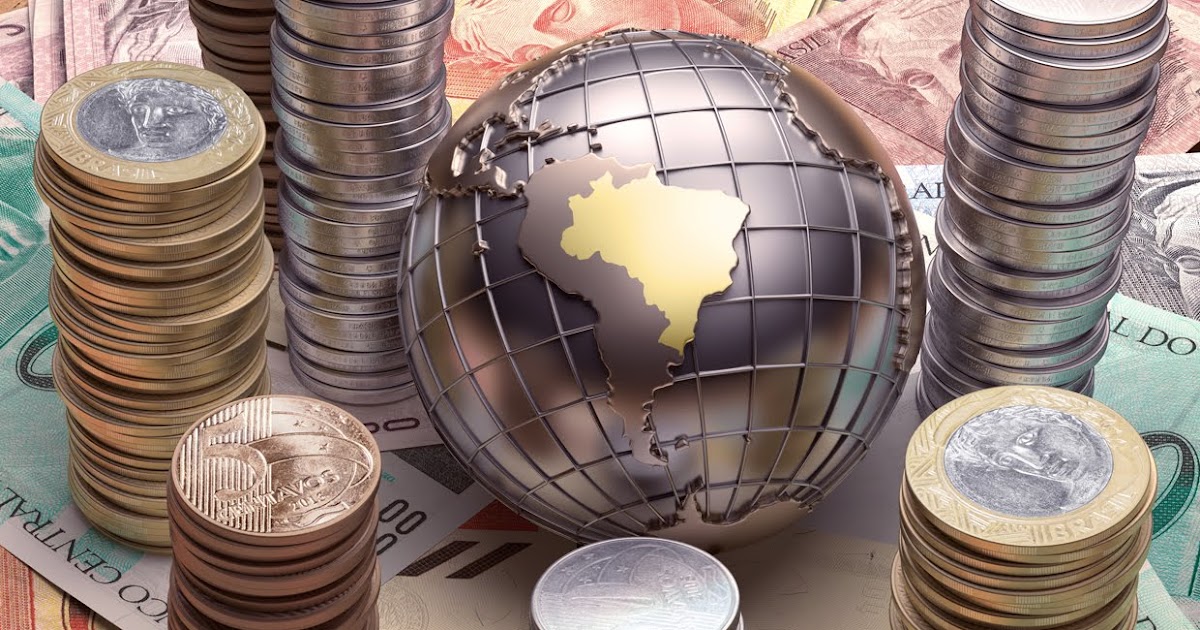The International Monetary Fund (IMF) expects Brazil to grow much faster this year, in line with the trend for Latin America and the Caribbean, as economic activity was stronger than expected in the first half of the year.
In its Global Economic Outlook report released Tuesday, the Fund now projects Brazil’s gross domestic product to grow 2.8 percent in 2022, up 1.1 percentage points from its previous estimate in July.
However, economic activity is expected to slow sharply in 2023, with growth of just 1.0%, according to the IMF, which revised down its estimate for the year by 0.1 points.

The new figures are in line with the central bank’s forecasts, which expect GDP growth of 2.7% this year and 1.0% next year.
The Ministry of Economy also forecasts GDP growth of 2.7% for 2022, but is much more optimistic for 2023 with an increase of 2.5%.
The change for Brazil in the IMF report was in line with revisions for the Latin America and Caribbean region, whose growth estimate for 2022 was improved by 0.5 points to 3.5%. For 2023, growth is estimated at 1.7%, 0.3 percentage points lower than in the previous report.
The fact that economic activity in the region was better than expected in the first half of the year was due to “favorable commodity prices, still favorable external financing conditions, and the normalization of activity in contact-dependent sectors,” according to the IMF.
However, the IMF warned that growth in the region is likely to slow in late 2022 and 2023 amid weakening trading partners, tighter financial conditions and weakening commodity prices.
For the group of emerging and developing economies that includes Brazil, the IMF raised its estimate for growth this year by 0.1 points and lowered its estimate for next year by 0.2 points to 3.7% in both cases.
“The external environment is already quite challenging for many emerging and developing economies. The sharp appreciation of the dollar is adding significantly to domestic price pressures and the cost-of-living crisis in these countries,” the IMF warned.
The Fund also pointed out that capital flows have not recovered and that many low-income and developing economies remain mired in a debt crisis.
“The shocks of 2022 will reopen economic wounds that were only partially healed after the pandemic,” it added.
The IMF highlighted that the negative corrections were more pronounced in advanced economies than in emerging and developing economies, widening the growth divergence.
“In short, the worst is yet to come, and for many people 2023 will look like a recession,” the report said.
Inflation
The IMF also highlighted the inflation scenario in its report, noting that global prices have risen to their highest levels in several decades, leading to tighter monetary policy and household budgets, while pandemic-related fiscal support is fading.
For emerging and developing economies, inflation is expected to rise from 5.9% in 2021 to 9.9% in 2022 and fall to 8.1% in 2023.
Consumer inflation in Brazil, as calculated by the IMF for the end of the period, is expected to be 6.0% this year and 4.7% in 2023.
Experts surveyed by the central bank forecast an IPCA of 5.71% for this year and 5% for 2023.

